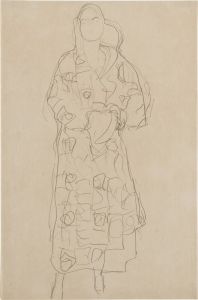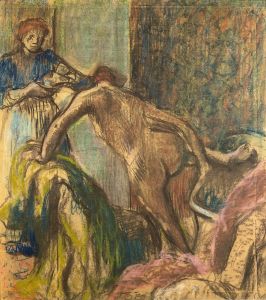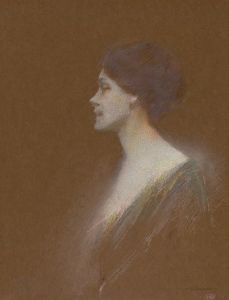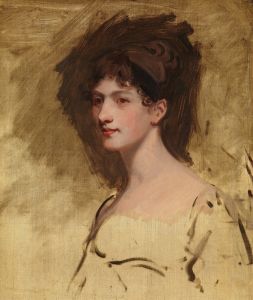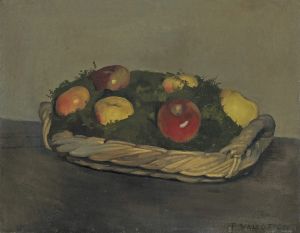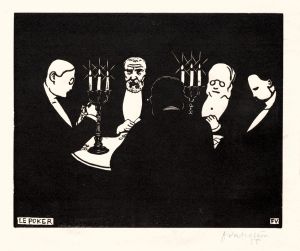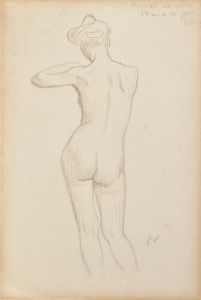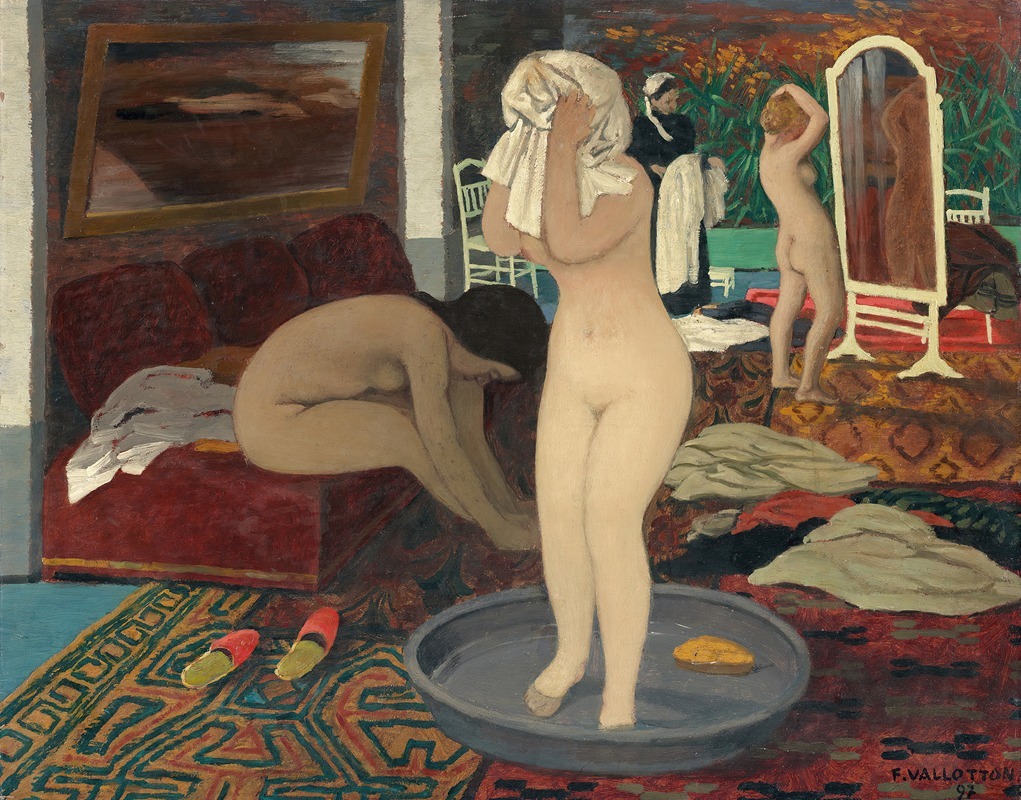
Women At Their Toilette
A hand-painted replica of Félix Vallotton’s masterpiece Women At Their Toilette, meticulously crafted by professional artists to capture the true essence of the original. Each piece is created with museum-quality canvas and rare mineral pigments, carefully painted by experienced artists with delicate brushstrokes and rich, layered colors to perfectly recreate the texture of the original artwork. Unlike machine-printed reproductions, this hand-painted version brings the painting to life, infused with the artist’s emotions and skill in every stroke. Whether for personal collection or home decoration, it instantly elevates the artistic atmosphere of any space.
"Women At Their Toilette" is a painting by the Swiss-French artist Félix Vallotton, created in 1897. Vallotton was a prominent figure associated with the Nabis, a group of avant-garde post-impressionist artists in France during the late 19th century. The Nabis were known for their emphasis on symbolism and the use of bold colors and simplified forms, which are evident in Vallotton's work.
Félix Vallotton was born on December 28, 1865, in Lausanne, Switzerland, and later moved to Paris, where he became an integral part of the artistic community. He was known for his versatility, working in various media including painting, printmaking, and writing. Vallotton's work often explored themes of intimacy, domestic life, and the human figure, which are central to "Women At Their Toilette."
The painting "Women At Their Toilette" depicts women engaged in the private act of grooming and dressing, a subject that was popular among artists of the time. This theme allowed artists to explore the intimate and often unseen aspects of daily life, providing a glimpse into the private world of women. Vallotton's approach to this subject is characterized by his distinctive style, which combines elements of realism with a more abstract, decorative approach.
In "Women At Their Toilette," Vallotton employs a flattened perspective and a limited color palette, which are hallmarks of his style. The composition is carefully arranged, with an emphasis on the interplay of patterns and shapes. The figures are depicted with a sense of detachment, a common feature in Vallotton's work, which often conveys a sense of observation rather than participation.
Vallotton's use of color and form in this painting reflects his interest in the decorative arts and his desire to move beyond the traditional boundaries of representation. The painting's surface is smooth and polished, with an attention to detail that highlights Vallotton's skill as a draftsman. The figures are outlined with precision, and the surrounding environment is rendered with a focus on geometric forms and contrasting colors.
"Women At Their Toilette" is notable for its exploration of the theme of femininity and the private sphere. Vallotton's depiction of women in this intimate setting challenges the viewer to consider the nature of observation and the role of the artist in capturing moments of everyday life. The painting is a testament to Vallotton's ability to blend realism with abstraction, creating a work that is both visually striking and thought-provoking.
Félix Vallotton's contributions to the art world extend beyond his paintings. He was also a prolific printmaker, known for his woodcuts that often depicted scenes of contemporary life with a satirical edge. His work in this medium was influential, contributing to the revival of woodcut as a significant form of artistic expression in the late 19th and early 20th centuries.
"Women At Their Toilette" remains an important example of Vallotton's work and his exploration of themes related to modernity, intimacy, and the role of women in society. The painting is housed in a private collection, and its significance continues to be recognized by art historians and enthusiasts who appreciate Vallotton's unique approach to capturing the complexities of human experience.





